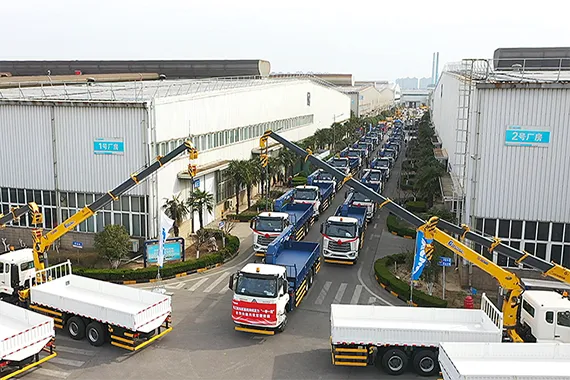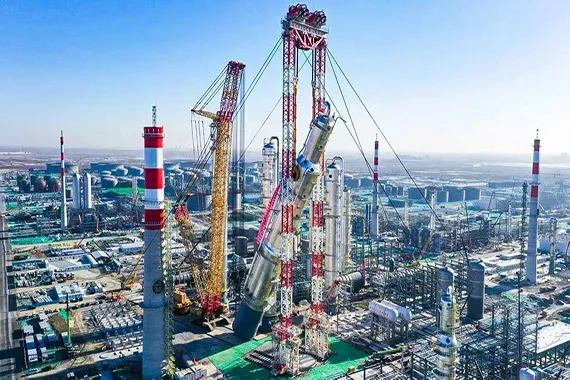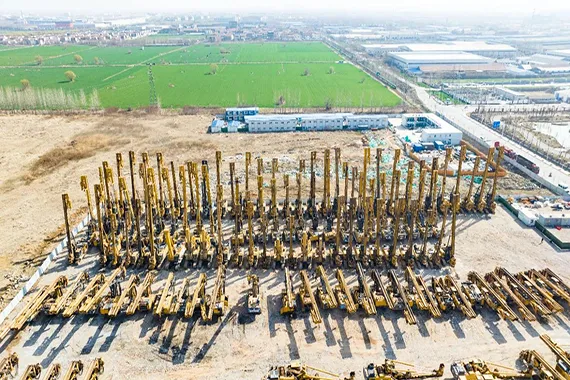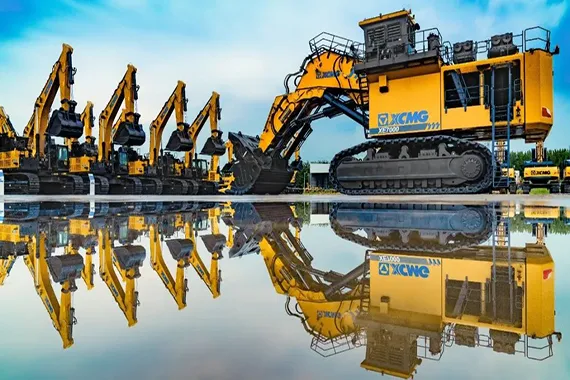Maintaining Your Compact Track Loader's Hydraulic System
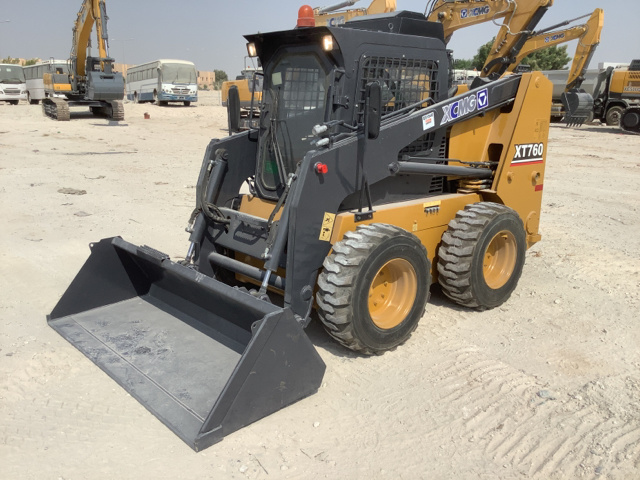
The growth of the compact equipment market
is driven by various factors, including increased spending on residential
building and construction. Compact track loaders (CTLs) have become the most
popular category of compact equipment due to their high traction, low ground
pressure, and significant pushing power, making them indispensable on many
construction sites. When outfitted with the right hydraulic systems, these
machines can use an increasing number of attachments.
Advanced hydraulic systems provide expanded
application opportunities, offering better lifting capacity and breakout forces
thanks to larger pumps and higher pressures. These systems enable CTLs and
other carrier machines to perform tougher jobs without requiring more
horsepower, which keeps emissions and costs down. Moreover, the hydraulic
system's ability to connect the CTL to multiple attachments sells these
machines to prospective buyers.
It is imperative to keep the hydraulic systems in top working condition, starting with pairing them with the appropriate attachments. Using attachments that exceed the carrier unit's pressure specifications and hydraulic flow, or max out the carrier unit's settings, causes increased wear and tear on the machine. Additionally, using attachments that are undersized relative to the machine's minimum flow and pressure settings can overburden the system and damage the attachment, seals, components, and hoses.
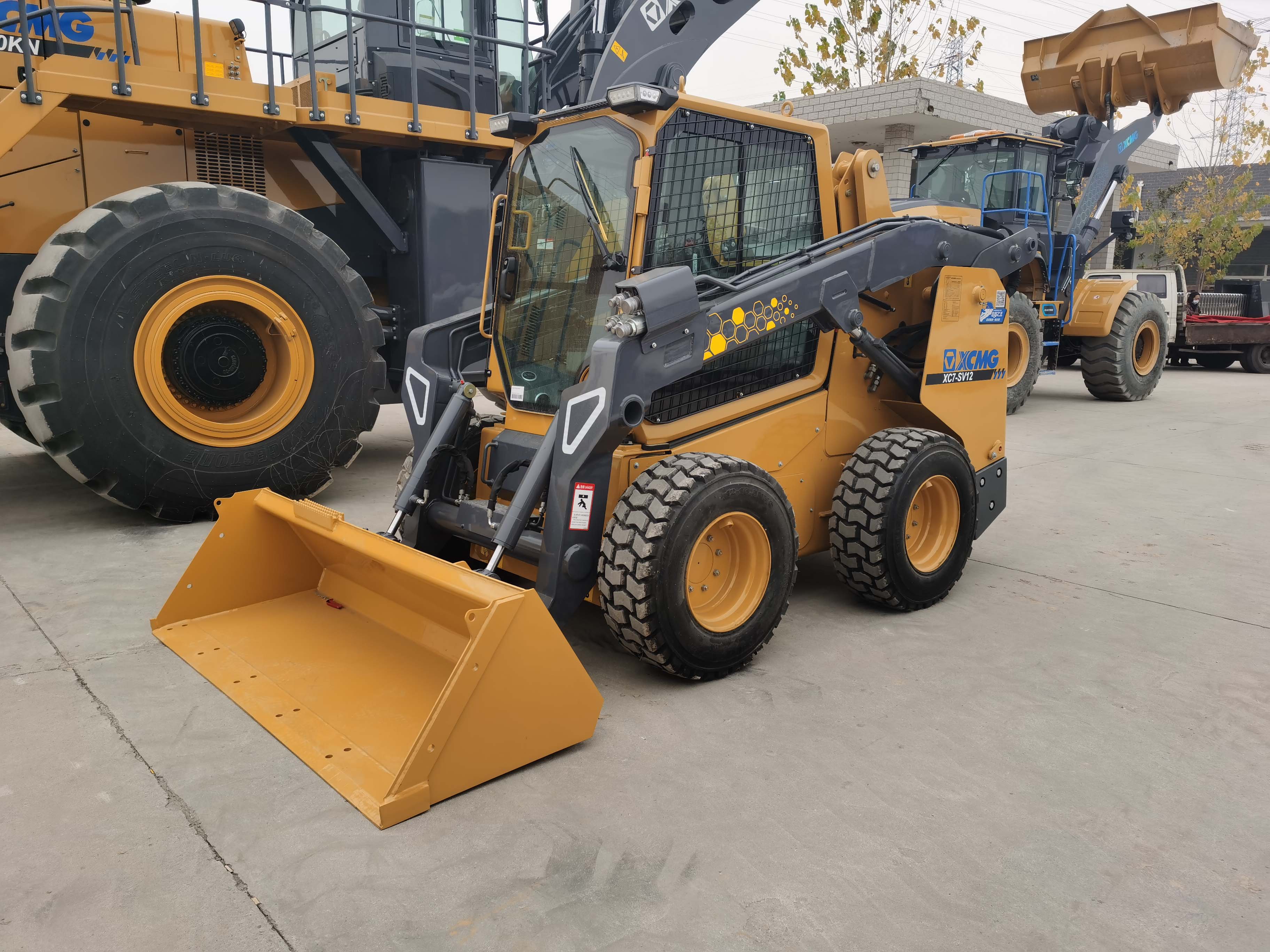
To keep the hydraulic system in good condition, proper maintenance is crucial. Regular, routine maintenance is essential to protect the system from even the smallest contaminants. Advanced hydraulic systems are more refined, making them extremely sensitive to contamination. Therefore, it is essential to keep the system clean, or it could drastically shorten its life or even destroy its components.
Operational best practices can also ensure
that CTL hydraulic systems are not subjected to unnecessary wear and tear. It
is crucial to ensure the attachment's cutting teeth are sharp, remove any
material build-up from the attachment housing, and allow attachments to do
their jobs without requiring additional force from the machine itself. Planning
for adequate cooling intervals between operational cycles ensures that the
machine is not operating outside of normal operating temperatures and straining
the hydraulic system.
In conclusion, taking care of a CTL's
hydraulic system ensures that it will take care of you. Following the
manufacturer's maintenance recommendations and timing is crucial to keep the
hydraulic system running smoothly, avoid a breakdown while on the job, and
achieve greater machine productivity and longer machine life.
